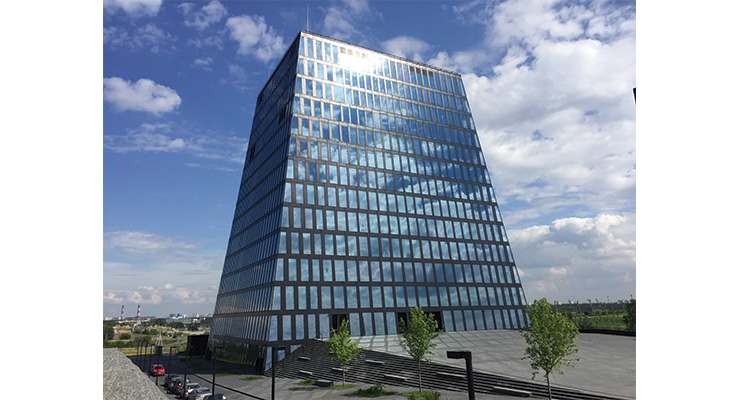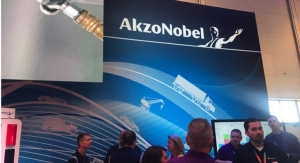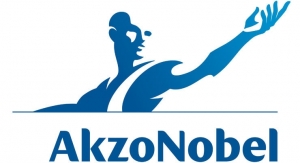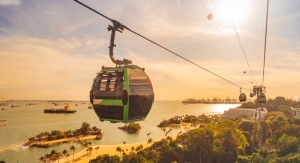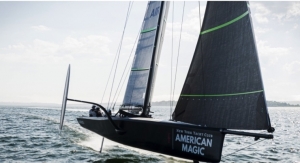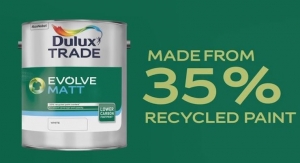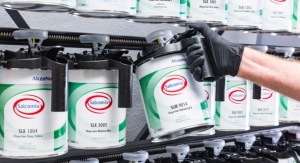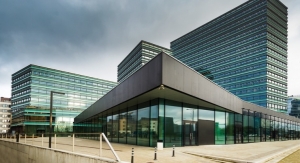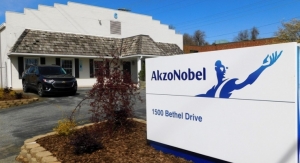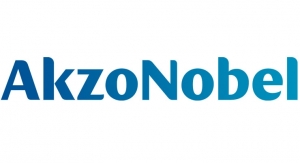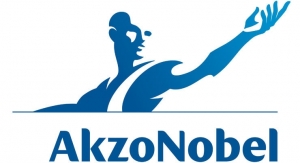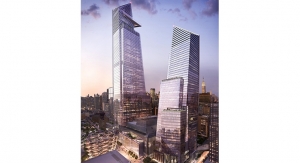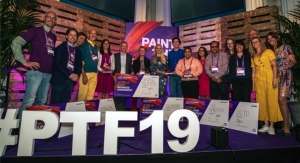10.30.19
A futuristic “pyramid” in Moscow which uses low solar absorption powder coatings supplied by AkzoNobel has won a major architecture award.
Matrex, located in the city’s Skolkovo Business and Technology Park, earned an Architzer A+ Award from the global architectural community.
The structure is coated in Black Onyx from Interpon’s D2525 Eco portfolio, a range of heat-reflective coatings that can bounce the sun’s rays back off the exterior of a building.
“We pride ourselves on being able to meet the increasing demand for sustainable coatings so that we can deliver customer benefits, societal benefits and environmental benefits," said Daniela Vlad, managing director of AkzoNobel's Powder Coatings business. "The special thing about Interpon D2525 Eco is its ability to keep buildings cooler, which can make an important contribution to reducing the urban heat island effect.”
“Like most cities, Moscow is warming up much quicker than the surrounding land, and products like Interpon D2525 Eco can make a big difference," added Jean-Paul Moonen, AkzoNobel Powder Coatings’ global segment manager for Architecture. "For example, the temperature increase in the city due to the urban heat island effect can be up to 2°C. It might not sound like much, but it can cause a significant spike in dehydration or heat stroke for city dwellers.”
He explains that in a controlled test, the company's heat-reflective pigments were shown to keep a roof 7°C cooler than one coated without the heat reflection technology. Meanwhile, the temperature inside was 3°C lower, reducing the demand for energy to power fans and air conditioning units.
A mixed-use commercial building, Matrex was designed by Russian architect Boris Bernaskoni.
Matrex, located in the city’s Skolkovo Business and Technology Park, earned an Architzer A+ Award from the global architectural community.
The structure is coated in Black Onyx from Interpon’s D2525 Eco portfolio, a range of heat-reflective coatings that can bounce the sun’s rays back off the exterior of a building.
“We pride ourselves on being able to meet the increasing demand for sustainable coatings so that we can deliver customer benefits, societal benefits and environmental benefits," said Daniela Vlad, managing director of AkzoNobel's Powder Coatings business. "The special thing about Interpon D2525 Eco is its ability to keep buildings cooler, which can make an important contribution to reducing the urban heat island effect.”
“Like most cities, Moscow is warming up much quicker than the surrounding land, and products like Interpon D2525 Eco can make a big difference," added Jean-Paul Moonen, AkzoNobel Powder Coatings’ global segment manager for Architecture. "For example, the temperature increase in the city due to the urban heat island effect can be up to 2°C. It might not sound like much, but it can cause a significant spike in dehydration or heat stroke for city dwellers.”
He explains that in a controlled test, the company's heat-reflective pigments were shown to keep a roof 7°C cooler than one coated without the heat reflection technology. Meanwhile, the temperature inside was 3°C lower, reducing the demand for energy to power fans and air conditioning units.
A mixed-use commercial building, Matrex was designed by Russian architect Boris Bernaskoni.

